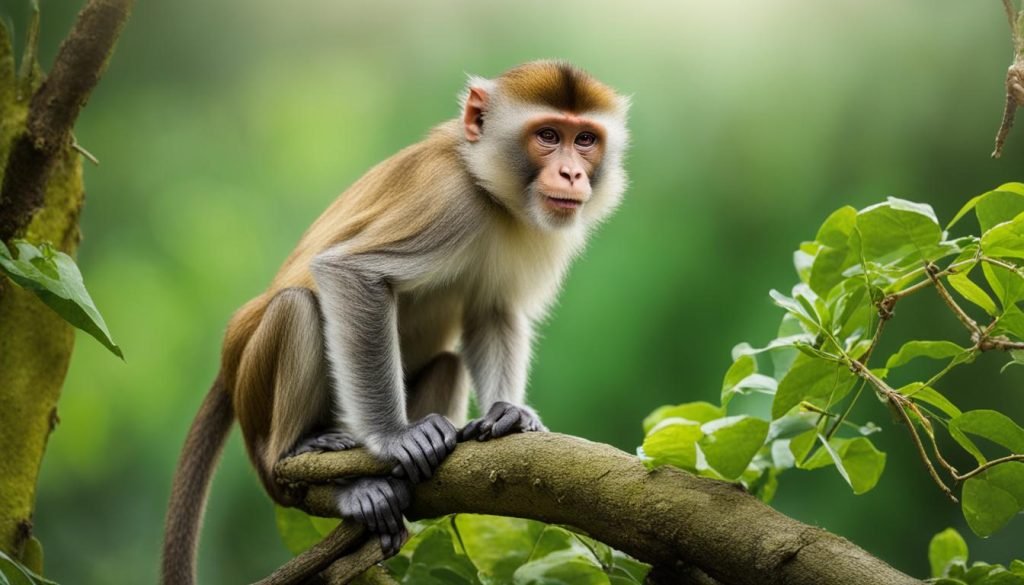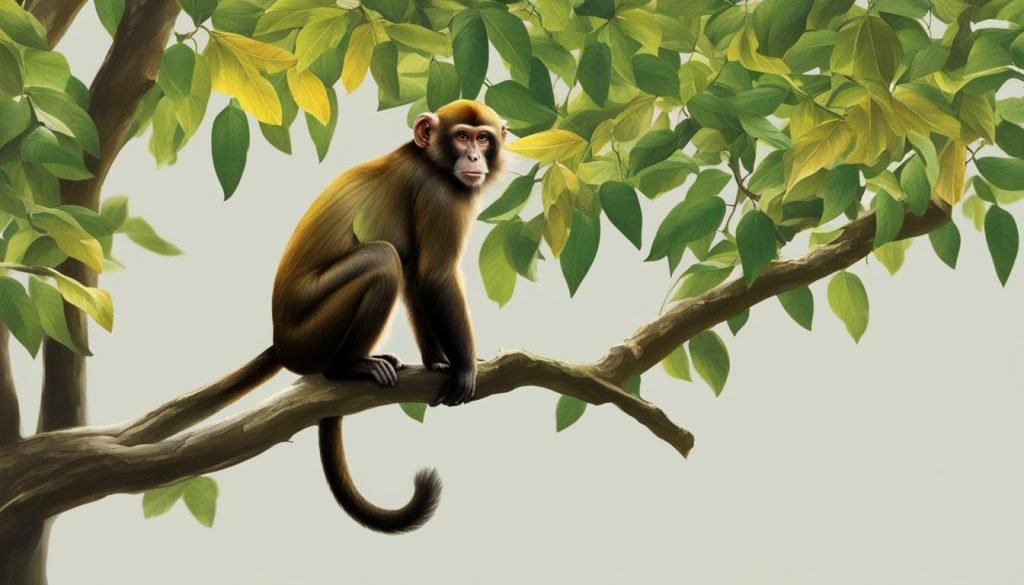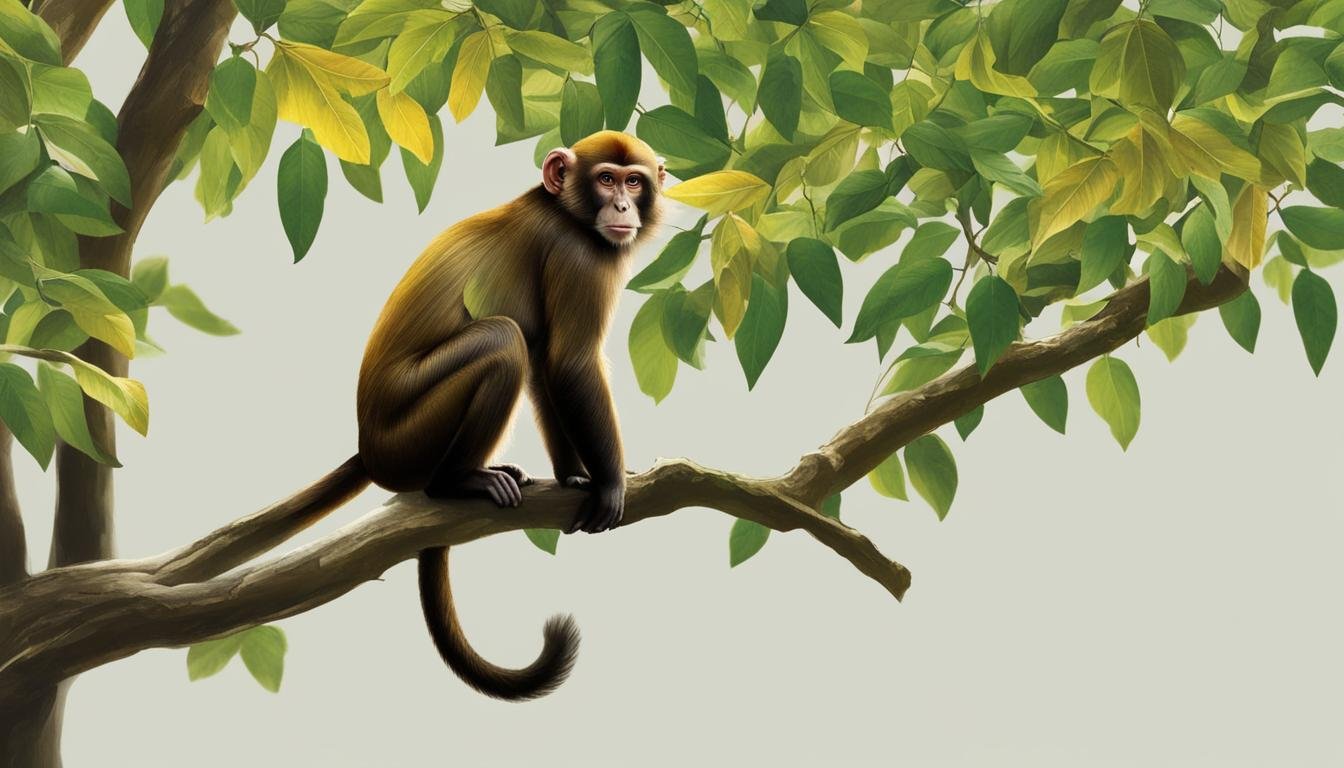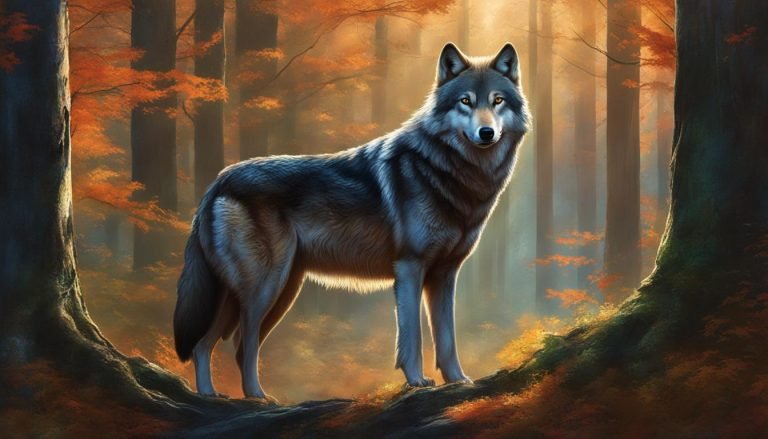How Long Do Monkeys Live? Lifespan Explained
Monkeys are fascinating creatures that have captivated our imaginations for centuries. From their playful antics to their high level of intelligence, there is much to admire about these primates.
One question that many people have is how long do monkeys live? In this section, we will explore the average lifespan of monkeys and delve into the factors that can affect their longevity.
While it’s difficult to generalize about the lifespan of all monkeys, we can look at averages across different species. In general, most monkeys live between 15 and 25 years in the wild. However, some species have been known to live up to 40 years or more under the right conditions.
Many factors can affect a monkey’s lifespan. Some of the most significant factors include environmental conditions, predation, and habitat loss. Additionally, monkeys in captivity may experience longer lifespans due to access to healthcare, better nutrition, and protection from predators.
Key Takeaways:
- The average lifespan of monkeys in the wild is between 15 to 25 years
- Factors that affect monkey lifespan include environmental conditions, predation, and habitat loss
- Monkeys in captivity may live longer due to better access to healthcare and nutrition
- Some species of monkeys can live up to 40 years or more
- Further examination of the factors that influence monkey lifespan is necessary to promote their welfare and survival
Monkey Quiz
How well do you know monkeys? Test your knowledge below!

How Long Do Monkeys Live: Monkey Lifespan in the Wild

Monkeys are fascinating creatures that display an immense range of behaviors. One of the questions that comes to mind when talking about monkeys is their lifespan. How long can they live in their natural habitat?
The lifespan of monkeys in the wild can vary greatly depending on different factors. Some species can live up to 50 years, while others might only survive for a few years.
The following factors can affect the lifespan of monkeys:
- Environmental Conditions: The environment in which the monkey resides can heavily influence lifespan. Monkeys that live in a habitat that offers ample food, water, and a suitable climate tend to live longer than those that do not have these resources.
- Predation: Predation is also a major factor that can impact a monkey’s lifespan. Monkeys that live in areas with high numbers of natural predators are at a higher risk of dying at a younger age.
- Habitat Loss: Humans have encroached into the natural habitats of monkeys, leading to the destruction of their natural habitats. This has reduced their lifespan, as they now struggle to find food, shelter, and water sources.
Below is a table showing the average lifespan of some common monkey species in the wild:
| Species | Average Lifespan |
|---|---|
| Mantled Howler Monkey | 15-20 years |
| Common Squirrel Monkey | 10-15 years |
| Chimpanzee | 40-45 years |
| Gelada Baboon | 18-19 years |
It is worth noting that these estimates are based on population studies and provide general approximations, as individuals can live longer or shorter lives due to various internal or environmental factors.
Monkey Lifespan in Captivity
When it comes to monkeys’ lifespan, the question of whether they live longer in captivity or the wild is a complex one. While zoos and other institutions aim to provide a safe and healthy environment for captive monkeys, several factors can impact their lifespan.
The average monkey lifespan in captivity varies widely depending on the species, with some living only a few years and others living up to several decades.
Factors Affecting Monkey Lifespan in Captivity
Several factors can play a role in the lifespan of captive monkeys:
- Access to healthcare: Monkeys kept in captivity typically have access to veterinary care, which can help detect and treat illnesses and injuries more quickly than in the wild.
- Diet: Feeding captive monkeys a nutritious and balanced diet is crucial to their health and lifespan. However, the diet provided by zoos may not always reflect the monkeys’ natural eating habits.
- Enclosure size: The size and complexity of the enclosure provided to captive monkeys can impact their health and mental well-being. Larger and more naturalistic enclosures can help to promote physical activity and reduce stress.
- Social interaction: Monkeys are highly social animals and require social interaction to maintain their mental well-being. Zoos and other institutions strive to provide opportunities for socialization, but the quality and quantity of social interaction may still fall short of what monkeys experience in the wild.
Do Monkeys Live Longer in Zoos?
While the lifespan of captive monkeys can be influenced by the factors listed above, research suggests that they may live longer in zoos than in the wild. A study published in the Journal of Applied Animal Welfare Science found that the median lifespan of monkeys in zoos was 20.7 years, compared to 16.7 years for those in the wild.
However, it’s important to note that this study only analyzed a small sample size of monkeys and that other studies have found different results. Additionally, simply living longer does not necessarily equate to a higher quality of life for captive monkeys.
In conclusion, while captivity can provide some benefits for a monkey’s lifespan, zoos and other institutions must continue to strive for optimal care and conditions that mirror their natural habitat as closely as possible.
Monkey Aging Process
Like humans, monkeys also experience the aging process. As they age, they undergo various physical and cognitive changes that can affect their quality of life.
One notable change that occurs as monkeys age is a decrease in mobility. Studies have shown that older monkeys experience a decline in their locomotor abilities, particularly in terms of speed and endurance. This can make it more challenging for them to forage for food, evade predators, or interact with other members of their group.
Additionally, older monkeys may experience cognitive decline, such as memory loss or decreased ability to learn new tasks. This can make it more challenging for them to adapt to changes in their environment or maintain their social relationships.
However, it is important to note that the aging process can vary significantly between individual monkeys and across different species. Factors such as genetics, diet, and environmental conditions can all play a role in how quickly monkeys age.
Research on Monkey Aging
Scientists have conducted numerous studies on the aging process of monkeys, particularly on humans. For example, researchers have used monkeys as a model for studying the aging of the brain. By examining the brains of aged monkeys, scientists can gain insights into the mechanisms that underlie age-related cognitive decline in humans.
In addition, some research has explored potential interventions that could help slow down the aging process in monkeys. For example, a study published in the journal Nature found that caloric restriction could significantly increase the lifespan of rhesus monkeys. This finding suggests that dietary changes could be an effective way to extend the lifespan of monkeys and potentially enhance their health and quality of life as they age.
Monkey Lifespan by Species

When it comes to the lifespan of monkeys, there is significant variation among different species. For example, the pygmy marmoset, which is one of the smallest primates, has a lifespan of up to 12 years in the wild. On the other hand, the chimpanzee, which is one of our closest primate relatives, can live up to 60 years in the wild.
Another example is the macaque, which has a lifespan of up to 30 years in the wild. However, the Rhesus macaque, a species commonly used in biomedical research, can live up to 40 years in captivity due to controlled environments and access to healthcare.
Interestingly, some monkeys living in zoos have been known to live longer than their wild counterparts. For instance, the black-and-white colobus, which typically lives up to 20 years in the wild, can live up to 30 years in zoos. This is because zoos provide a more predictable and controlled environment, which means access to better healthcare and nutrition, as well as protection from predators.
It’s also worth noting that while there are some species-specific outliers, there are general trends in monkey lifespan. For example, smaller primates, such as marmosets and tamarins, generally have shorter lifespans than their larger counterparts, such as chimpanzees and gorillas. However, there are exceptions to this rule, as highlighted by the example of the black-and-white colobus.
Overall, it’s clear that the lifespan of monkeys varies greatly by species. Factors such as environmental conditions, access to healthcare and nutrition, and social interaction all play a role in determining how long a monkey will live. By gaining a better understanding of these factors, we can work towards ensuring the long-term survival and well-being of these fascinating and intelligent creatures.







